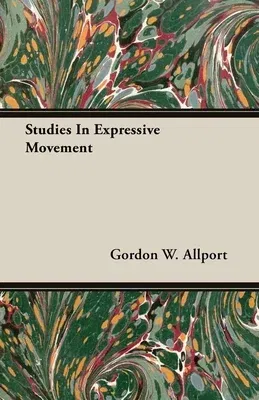Gordon W Allport
(Author)Studies In Expressive MovementPaperback, 20 September 2007

Qty
1
Turbo
Ships in 2 - 3 days
In Stock
Free Delivery
Cash on Delivery
15 Days
Free Returns
Secure Checkout
Print Length
280 pages
Language
English
Publisher
Johnston Press
Date Published
20 Sep 2007
ISBN-10
1406772305
ISBN-13
9781406772302
Description
Product Details
Author:
Book Format:
Paperback
Country of Origin:
US
Date Published:
20 September 2007
Dimensions:
21.59 x
13.97 x
1.6 cm
ISBN-10:
1406772305
ISBN-13:
9781406772302
Language:
English
Location:
Alcester
Pages:
280
Publisher:
Weight:
358.34 gm

